A guide to Japan’s secret wine region, just outside Tokyo
Though not as well known as those from the Rhine Valley or Marlborough, Japanese white wines are winning a lot of fans.
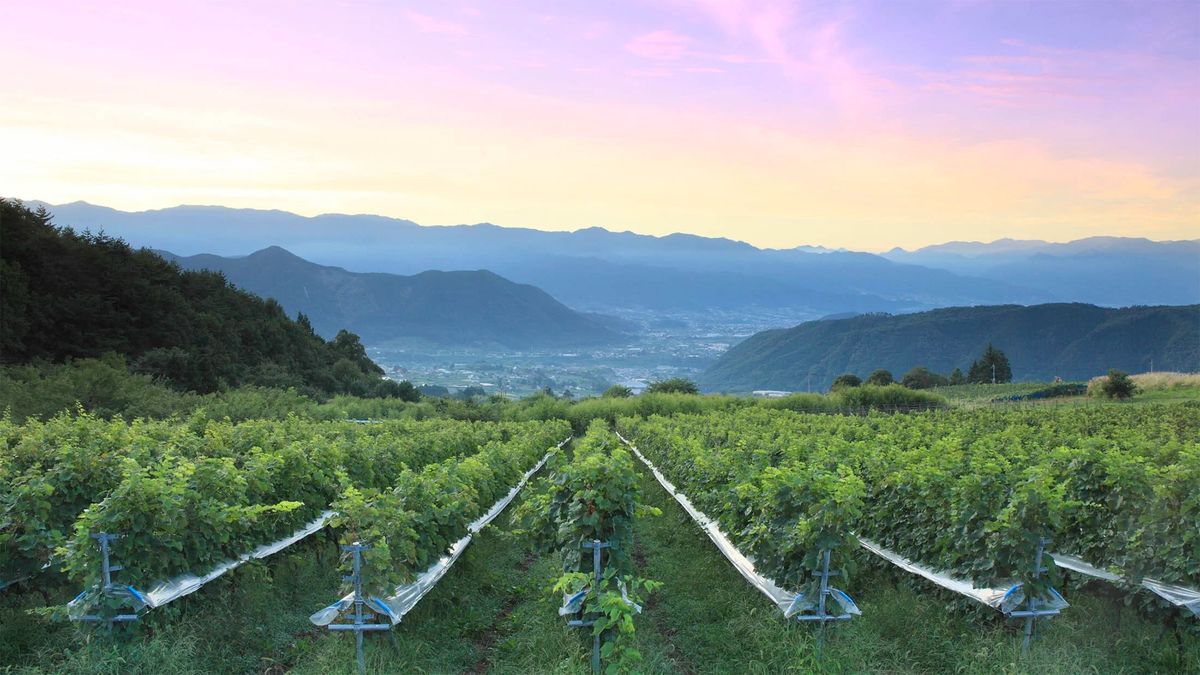
When you think of wine regions with rolling hills and sprawling vineyards, Japan likely isn’t the first place to spring to mind. Yet just 90 minutes outside Tokyo is a town with a history of wine production dating back more than 150 years – and it offers a uniquely Japanese twist.
Katsunuma, in Yamanashi prefecture, is a small town with a big reputation. Dubbed the “fruit kingdom” of Japan thanks to its bountiful stone fruit orchards, it lures hungry visitors in droves during harvest time.
It’s also the heart of Japan’s viticultural community, home to no less than 80 vineyards, including Marafuji (among the oldest wineries in the area), the award-winning Grace Vineyard, and Chateau Mercian, known for its Bordeaux-style reds.
Although grapes are grown in many areas of the country, Yamanashi is the most important of its four major wine regions – and there’s a key reason for that success. It offers the perfect growing conditions for Japan’s native grape varietal: ‘koshu’.
Koshu wines have floral aromas and delicate, distinctive flavours (of yuzu, savoury minerals), with naturally low alcohol levels (11% to 12%). They’re exotic, but not odd, fitting neatly with the global trends for varietals outside the norm.
As a bonus, the name ‘koshu’ is easy to remember and pronounce, while the wines are perfect matches with popular Japanese cuisine mainstays sushi and sashimi.
Koshu wines are well-matched to sushi
The vineyards, too, are rather unique. At Lumiere, which claims to be the oldest family-owned winery in Japan (established in 1885), koshu vines look like small trees, with branches spread-eagled on wires 6 feet off the ground to create a pergola.
Folded paper hats are tied over hanging bunches like miniature umbrellas to shelter grapes from rain.
Divine influence?
Daizen-ji Temple is touted as the grape’s legendary birthplace 1,300 years ago, when a monk named Gyoki saw a vision of the Buddha of medicine holding a bunch of grapes, which led him to discover a grapevine.
The real story turns out to be only slightly less fanciful. DNA analysis at the University of California at Davis showed koshu is a hybrid of mostly vitis vinifera (the species of European grapes like chardonnay) and Asian grapes. Scientific consensus is that it came to Japan from the Caucasus via the Silk Road.
But for most of its history, pretty pink-skinned koshu was a table grape for eating. Only in the last 150 years has it been turned into wine. Though earlier wines were sweet and reviled, recent decades have seen a reorientation and now almost all koshu is dry.
The five flavours of koshu
Most wineries make five or six styles of koshu: sparkling like Champagne; crisp like a cross between chablis and sauvignon blanc; aged on the lees with a tangy taste like Muscadet; round, rich, and aged in oak barrels; and even “orange” versions, fermented on grape skins the way red wines are, and which is the best match with sea urchin, if you’re wondering.
The big Japanese drinks companies – Kirin, Suntory, Sapporo – all have wineries in Yamanashi. Château Mercian, a member of the Kirin group, was the first to make a dry koshu on the lees and turned to both Dubourdieu and the late Paul Pontallier of Château Margaux for help in making more elegant wines.
Suntory, famous for whisky, actually began as a wine company more than 100 years ago. From its vineyards you have a panoramic view of the valley surrounded by densely forested mountains including a glimpse of snow-capped Mount Fuji.
Both make excellent wines from familiar Western grapes like sauvignon blanc and merlot, as well as koshu.
More recent boutique wineries reflect today’s boom. Hiroshi Matsuzaka founded modern, Western-style MGVs winery within the last decade in a former semiconductor plant where he used to make precision parts for smartphones.
Except for the signs in Japanese, his hipster-style tasting room with shiny green metal chairs and a bar could be in Napa.
Take a tour of Japanese wine country
Yamanashi is an easy day or weekend trip from Tokyo, and most wineries have tasting rooms and cafes open daily.
Among the worthwhile options are Risonare Yatsugatake Wine Resort, which offers wine making experiences and luxury stays, and the family-owned Komaki Vineyard, where glamping among the vines is just one of the popular experiences.
One of the most popular lunch stops is small family-run Haramo Wine housed in a building once used for silkworms, where you can enjoy simple Japanese vegetable plates with maitake mushrooms and sausages as well as meat curries on rice, then superb coffee.
Katsunuma is accessible from Enzan Station in Koshu City, just 90 minutes from Shinjuku Station on the Chuo Line Limited Express Kaiji train. It’s around 10 minutes via taxi.
Hiring a car is the best way to travel between wineries, and it also unlocks other nearby experiences, such as the hot springs and gorges of Nishizawa.
Additional reporting by Chris Ashton.
This article is published under license from Bloomberg Media: the original article can be viewed here
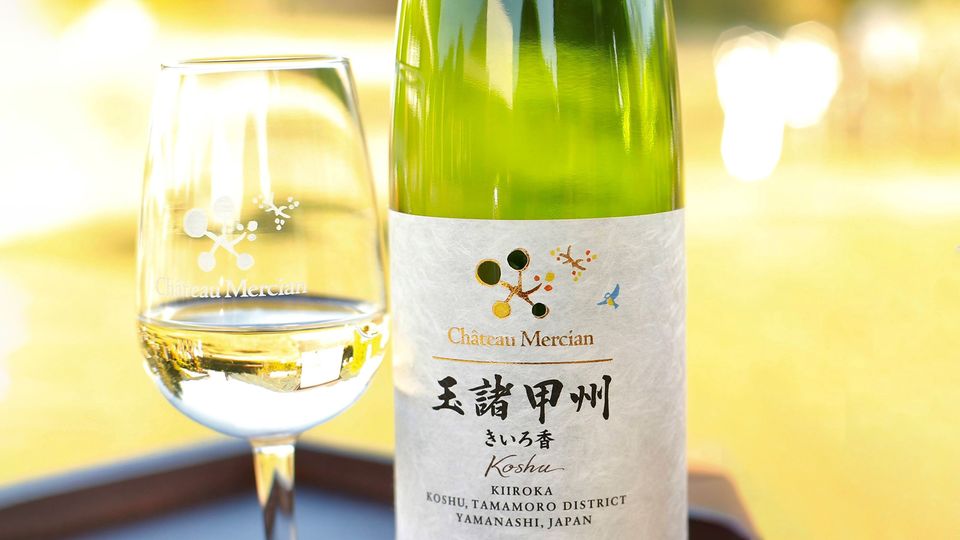
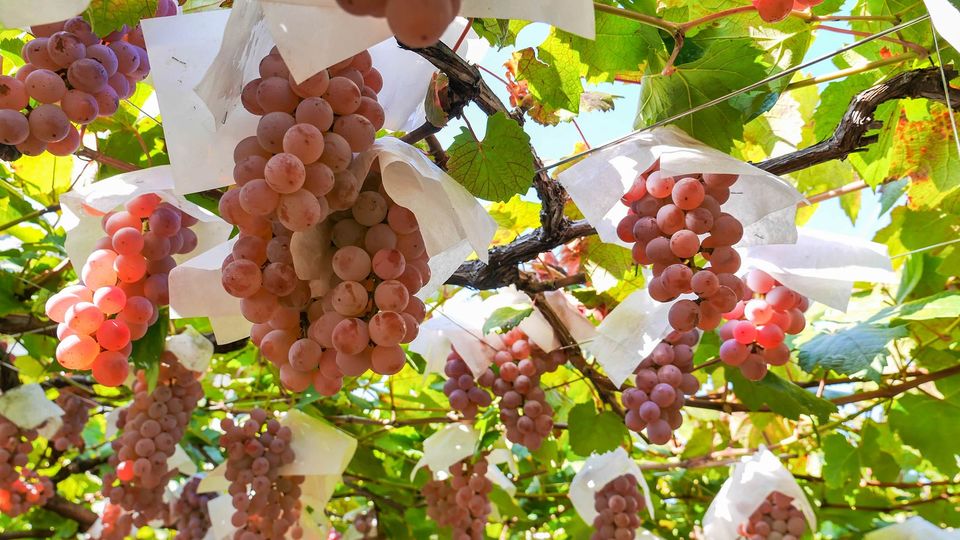
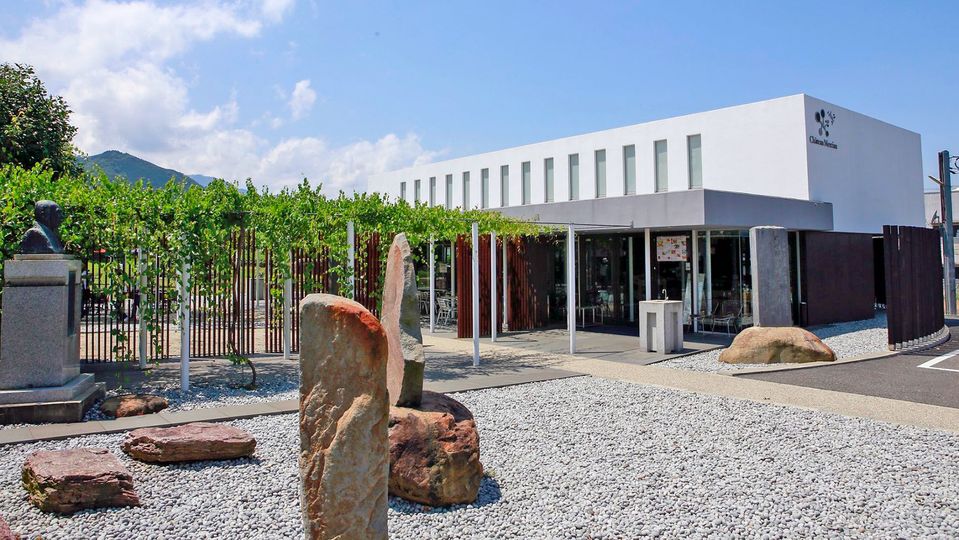
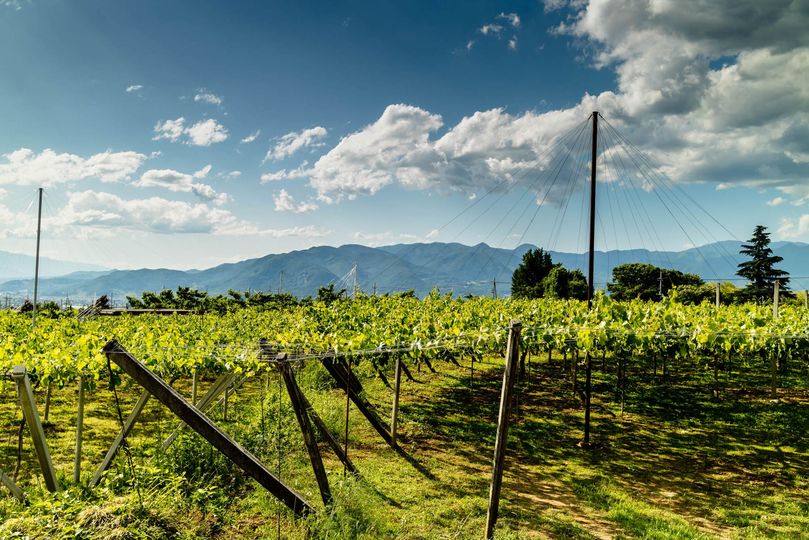
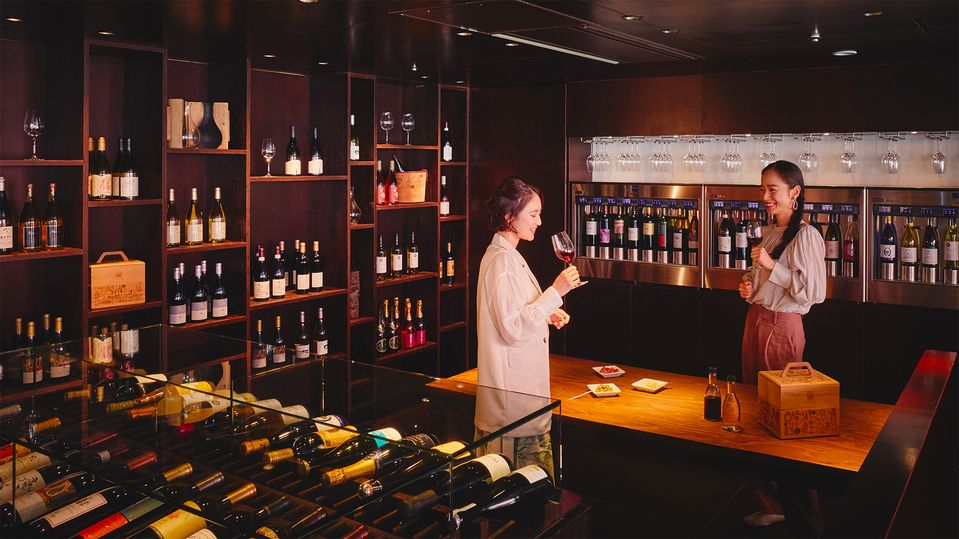
Virgin Australia - Velocity Rewards
13 Jan 2015
Total posts 584
one of my favourite parts of japan...there's also a cool onsen up the top of one of the mountains in the area worth visiting
26 Oct 2018
Total posts 1
Beautiful region, easy to reach from Tokyo, worth visiting.
Wine? Not so much. I have read plenty abut Japanese wine prior to my visit a few year back, so went there with anticipation and excitement. We went through lots of wines in the cellar of the wine centre there. White ones are OK or at least 70% of them. Reds on the other hand were hard to swallow (literally).
Hi Guest, join in the discussion on A guide to Japan’s secret wine region, just outside Tokyo